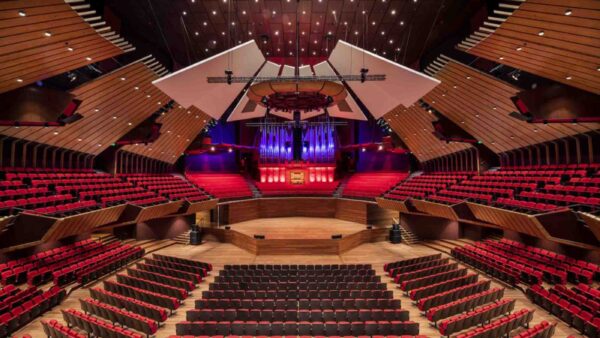Japan’s drive to interest the rest of the world in its maglev rail technology has been boosted by two new world speed records set at its experimental track north of Tokyo.
Last week the L0 (short for “L Zero”) Series train at the Yamanashi track reached a speed of 590kmh, and earlier today it hit 603kmh for 11 minutes, leading to headlines around the world and an immediate 3% hike in the share price of the train operator, Central Japan Railway (JR Central).
It gave me chills. I really want to ride on the train. It’s like I witnessed a new page in history– An enthusiast who watched the L0 train
It means that travelling on the L0 could get you to your destination almost as quickly as a classic Boeing 737 airliner, which has a cruising speed of 780kmh.
The week before, an L0 train set a new world distance record at Yamanashi, travelling 3,904km in one day, smashing the previous record of 2,876km set in 2003.
Yasukazu Endo, JR Central’s head of research, told reporters after the test: “The faster the train runs, the more stable it becomes – I think the quality of the train ride has improved.”
“It gave me chills,” said one of the 200 train enthusiasts who had gathered to watch. “I really want to ride on the train. It’s like I witnessed a new page in history.”Â
Languid by comparison
The trains that are being tested will eventually run on the world’s first intercity maglev service, between Tokyo and the second city of Osaka, via Nagoyo. Â
More than 80% of the Chuo Shinkansen track will be drilled through the southern Japanese Alps, reaching Nogoyo in 2027 and Osaka around 2045.
The direct route to these cities would be covered in less than half the time taken by the Shinkansen “bullet” trains, which hug the coastline and travel at a languid 320kmh.
The engineering effort behind the revolutionary technology is being supplied by Mitsubishi and Nippon Sharyo, a subsidiary of JR Central. Â
Making a go of it
Among the problems faced by the scheme is its cost, which is estimated at something like $90bn, and the need to dispose of an estimated 2 billion cubic feet of rock that will be excavated for the line’s tunnel.
Japan is hoping to recoup some of the investment in maglev technology by selling it overseas. For several years the government has been trying to persuade the US to build a maglev line between Baltimore and Washington.Â
The US’ eastern seaboard has become notorious for the poor quality of its rail infrastructure, so the hope is that if the Baltimore line is successful, other cities would to follow suit.
This project is presently being promoted by Northeast Maglev, the company hoping to build the $10bn, 64km Baltimore link. Wayne Rogers, the chief executive of the company, plans to ask for federal funds this year.
During his visit to the US later this month, Japanese prime minister Shinzo Abe is expected to press the case for a maglev link connecting New York and Washington.Â
Travelling at 600kmh you could get from:
- New York to Washington in 30 minutes
- London to Edinburgh in 1 hour, 6 minutes
- Rome to Paris in 2 hours, 20 minutes
- Moscow to Berlin in 3 hours
- New York to Los Angeles in 7 hours, 10 minutes
- Beijing to Bombay in 7 hours, 50 minutes
- Cairo to Cape Town in 12 hours
Photograph: An L0 train on the Yamanashi test track
Comments
Comments are closed.







Why on earth are we pressing ahead with HS2 based on what will be half a century old technology when it commences operation in the mid-twenties? We should be competing with Japan, Germany, China and the USA to launch our own Maglev Train Systems. As pioneers of railways constructing them all over the world we will end up going cap in hand to one of the above when we too could be selling our expertise all over the world! We obviously learned no lessons from the abandonment of the APT.
This is when other countries started operating High Speed trains.
1964 Japan had the Shinkansen
1977 Italy stared with Firenze-Roma direttissima
1981 France started TGV
1991 Germany had the ICE
1992 Spain had the AVE
1997 Germany, France and Belgium shared the Thalys
2003 UK and France shared the Eurostar (HS1)
2004 South Korea had the KTX
2007 Taiwan the THSR
2008 China the CHR
2009 Turkey has the YHT
Comment This is a mile stone in engineering,.